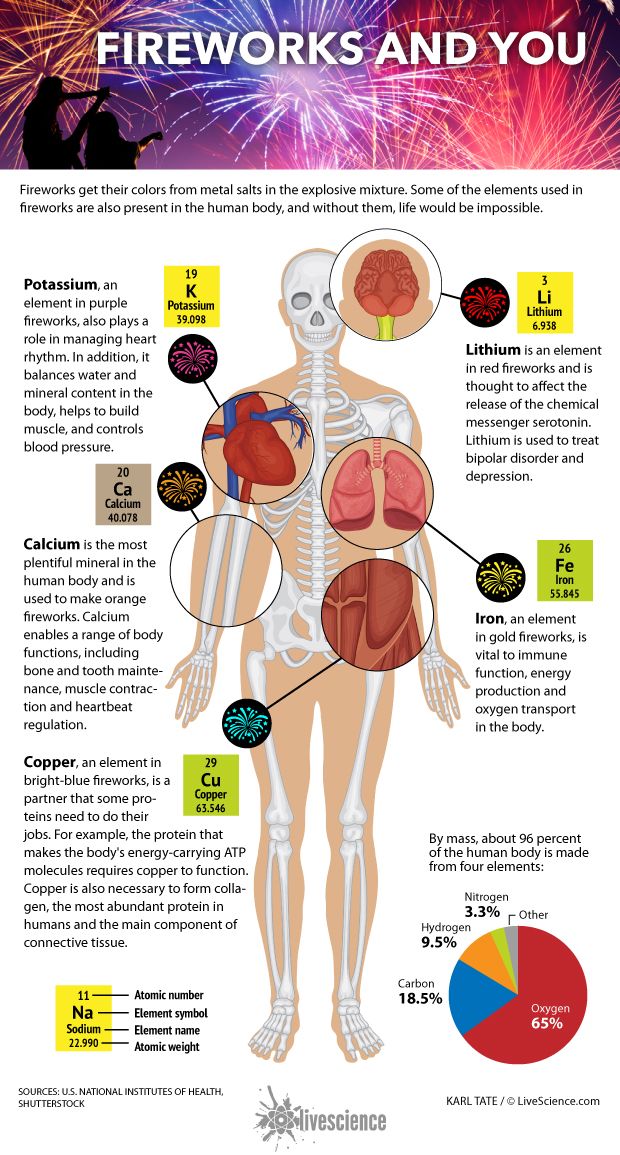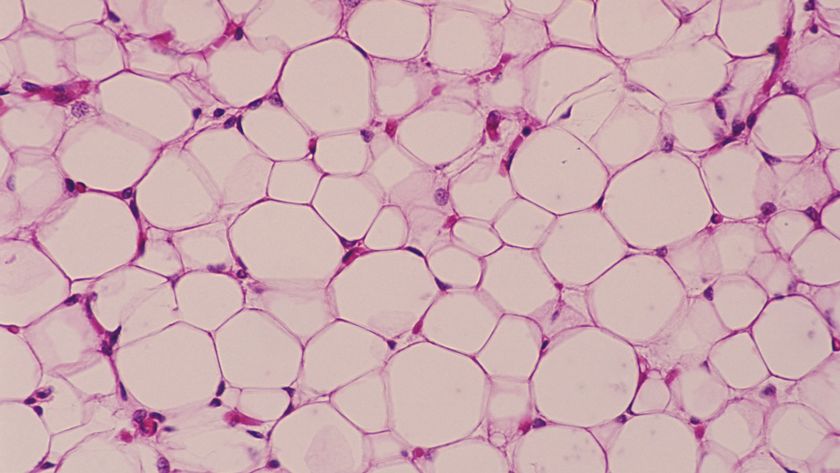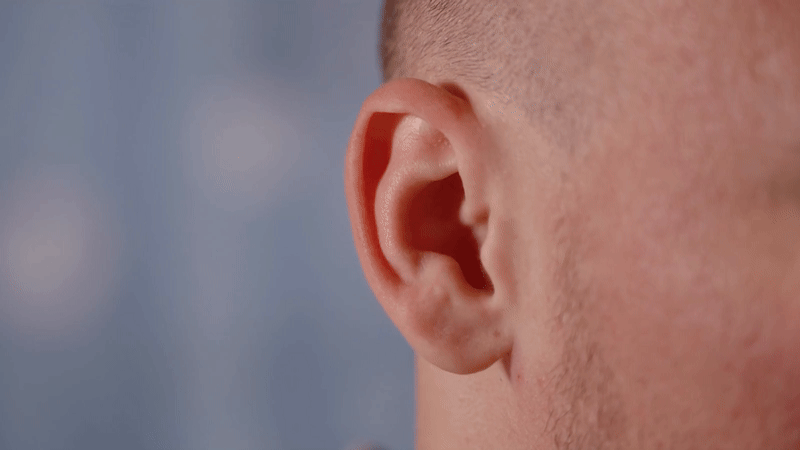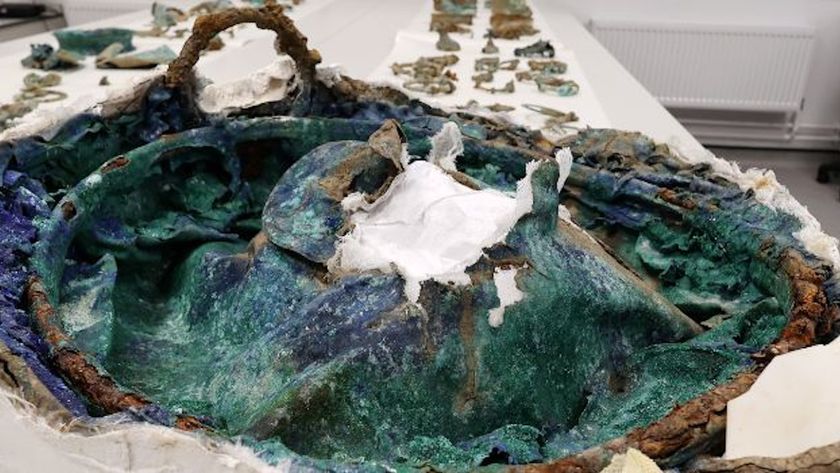How Elements in Fireworks Make the Human Body Work (Infographic)

Fireworks get their colors from metal salts in the explosive mixture. Some of the elements used in fireworks are also present in the human body, and without them, life would be impossible.
Potassium, an element in purple fireworks, also plays a role in managing heart rhythm. In addition, it balances water and mineral content in the body, helps to build muscle, and controls blood pressure.
Calcium is the most plentiful mineral in the human body and is used to make orange fireworks. Calcium enables a range of body functions, including bone and tooth maintenance, muscle contraction and heartbeat regulation.
Copper, an element in bright-blue fireworks, is a partner that some proteins need to do their jobs. For example, the protein that makes the body's energy-carrying ATP molecules requires copper to function. Copper is also necessary to form collagen, the most abundant protein in humans and the main component of connective tissue.
Lithium is an element in red fireworks and is thought to affect the release of the chemical messenger serotonin. Lithium is used to treat bipolar disorder and depression.
Iron, an element in gold fireworks, is vital to immune function, energy production and oxygen transport in the body.
By mass, about 96 percent of the human body is made from four elements: oxygen, carbon, hydrogen and nitrogen.
Sign up for the Live Science daily newsletter now
Get the world’s most fascinating discoveries delivered straight to your inbox.



